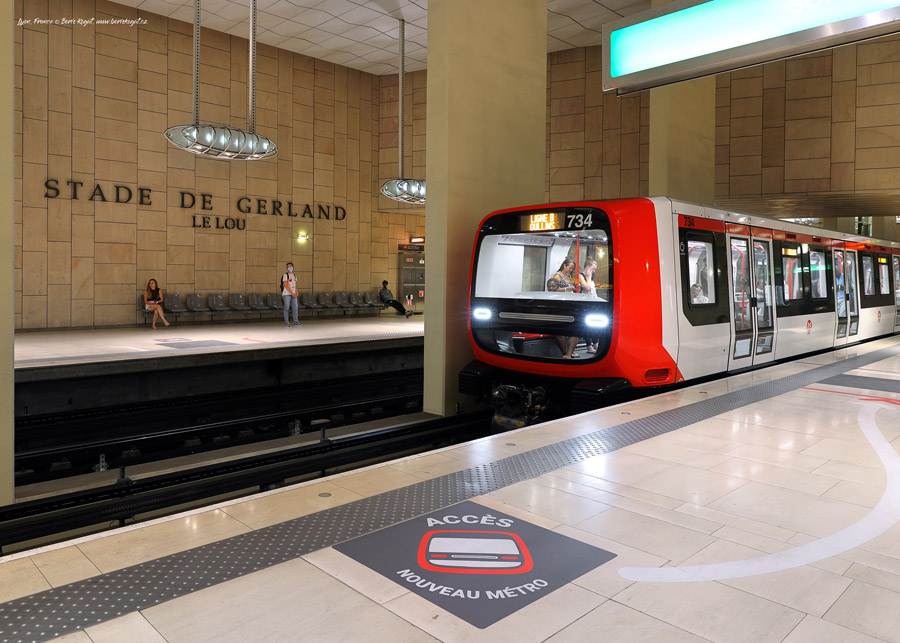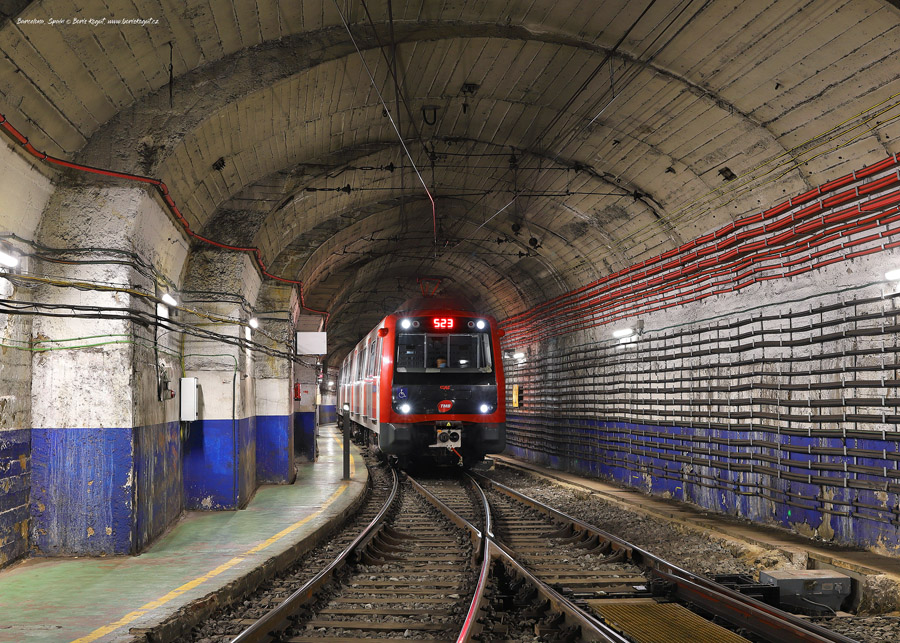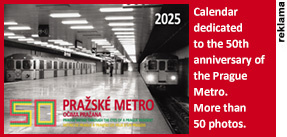As a follow-up to the photo album «European metros» published in 2019, I present my first set of postcards from the series of the same name. There are 24 postcards in total, in the format 11.5 x 18.5 cm.
Behind the scenes of the publication «European metros»
The concept of the «European metros» project was to combine the history and the present life of the metro, including showing the metro trains surrounded by the architectural ensemble of the stations, revealing behind-the-scenes places of the metro such as depots, tunnels, closed stations. You can decide for yourself how successful it was.
Text and photo: Boris Kogut.
My first set of postcards contains different photos from London, Prague, Paris, Lyon, Stockholm, Helsinki, Oslo, Lisbon, Hamburg, Brussels, Barcelona and Vienna. Each of my postcard photos is accompanied by an informative description in three languages: Czech, English and French. Today we will talk about what remains «behind the scenes».

Hamburg. After 20 minutes of photographing one of Hamburg’s depots, the manager accompanying me said to me: «I have an urgent meeting. If you don’t mind, I’ll take you to the museum where our employees collect exhibits and you can wait for me there for about 30 minutes».
I had not expected such a turn of events, I was delighted: «Leave me there for a couple of hours at least! And here I am, alone, wandering around the Hamburg U-Bahn Museum, my eyes running wild. From the window on the top floor of the depot’s engineering building you can see the depot, and the museum itself takes up almost half a floor.
The museum displays the first station and dispatcher control panels, models of the U-Bahn trains in different scales, original seats, uniforms, tickets from different years, historical maps and many other artefacts of the U-Bahn.
The photo shows the HafenCity Universität station on the U4 line. In May 2022, the platform at this station was illuminated in blue and yellow - the colours of the Ukrainian national flag.
Helsinki. While photographing the picturesque snow-covered view from the Vuosaari Bridge in Vartiokylänlä Bay (1), I had to wear everything warm I had in my suitcase.
I remember that on that sunny winter’s day the temperature dropped to minus 15 degrees and the train interval was 15 minutes. It was very cold and windy, it was just impossible to stand it, and I had to run to a café next to the metro station to warm up.

London. To celebrate the 150th anniversary of the opening of the District Line, the historic train was used for excursions on 22 and 23 June 2019. A three-metre-high brick wall stood along the tracks next to the station. There was no chance of photographing the incoming train. And then I saw a car stop and two Englishmen get out, both carrying folding ladders. Seeing my camera in my hand, one of them smiled and said: «I’ve got a spare ladder in the car boot, I’ll get it for you». And that’s how, thanks to the amateur photographers of the London Underground, I got this beautiful photo (3).
The historic train leaves High Street Kensington station with the Metropolitan Railway E Class No.1 (London Transport L44) steam locomotive, built in 1898, at the head of the train and the Sarah Siddons No.12 electric locomotive, built in 1922-23, at the rear.

Lyon. Lyon was memorable for me because of a unique moment. François, a specialist from Keolis Lyon, the city’s public transport operator, invited me to visit the Poudrette depot. I had
no idea how lucky I was. It was on the day of my visit, 23 May 2019, that the new MPL 16 train made its first test run on the tracks of the Poudrette depot at 14:54.
I was the first to photograph the first departure of the new train from the depot. The first test runs on the depot tracks lasted exactly 30 minutes. The photo (4) shows the Stade de Gerland station on the automated B line.
«New design, driverless operation, air conditioning, convenient information system, spacious interior» - these are the words used to describe the new generation of MPL 16 trains.

Lisbon. Everyone I show these photos to says: «Oh, that’s the Moscow Metro, the stations are so beautiful! And I say, «No, this is the Lisbon metro! Yes, there are such beautiful stations in Lisbon.
In the photo (6), the architectural design of Olaias station on the Red Line was created by architect Tomás Taveira.
The enormous height above the platforms allowed the construction of a monumental colonnade. Four artists have contributed to enriching the space of the station: Pedro Cabrita Reis, Graça Pereira Coutinho, Pedro Calapez and Rui Sanchez. The ML97 train arrived at Olaias station, inaugurated on 19 May 1998.

Barcelona. On Sunday evening I showed up at the entrance to the Vilapicina depot with my photo permit. I was stopped by three security guards who questioned the permit. «No one has ever taken photographs here before,» one of them explained. - We need to check your permit.
I was eventually asked to add the name of the depot in question to the permit. The next morning, I met Laura, an authorised employee at the Barcelona Transport Authority.
On seeing me, Laura laughed and said: «Boris, yesterday security thought you were going to paint metro trains in the depot».
We agreed to go to the Vilapicina depot together the following Friday. Before the shoot I was given a safety instruction. Laura told me that there would be drivers at the head and tail of the train, and that I would be able to stop and start the train as I wished.
It is worth noting that in this depot, on this section of track, the tunnel was built as a sort of cascade, which gave it grace. The spirit of history hovered, even though a new generation of rolling stock was chosen for the photograph. In photo (7), the 5000 series train enters this depot through the connecting tunnel.
Vilapicina station, this cascade tunnel and the depot were inaugurated on 21 July 1959.

Prague. For several months, residents and visitors of the Czech capital were able to admire the photographic works of Boris Kogut (on the photo), i.e. mine, from the series «European metros», on display in a Prague café.
The Russian edition of Czech Radio, the magazine of the Prague Transport Authority «DP Kontakt», the news publications «Prague Patriot» and «Prague Express», as well as the Barcelona Transport Authority decided to present this photo exhibition to their readers and listeners.
And now each of you can buy one or more of the exhibition photos and place them in your home or office, or you can give them to your child as a present and decorate their room with one of them.
You can read the rest of the story in the photo album «European metros».
www.youtube.com/@europeanmetros









